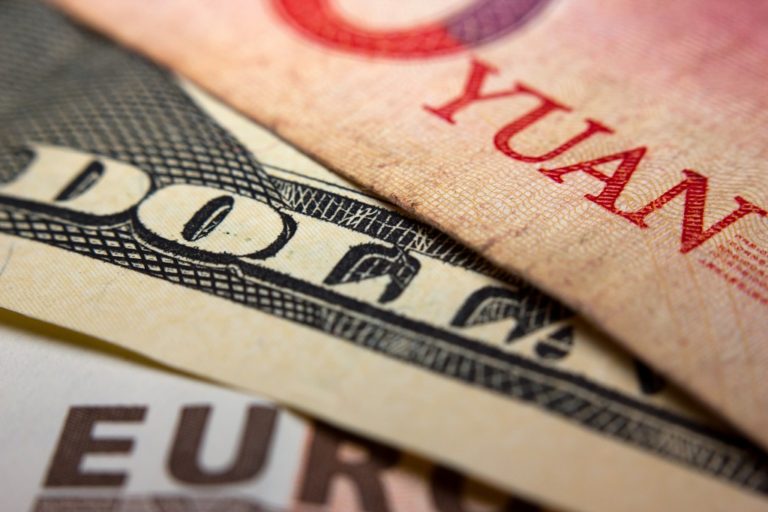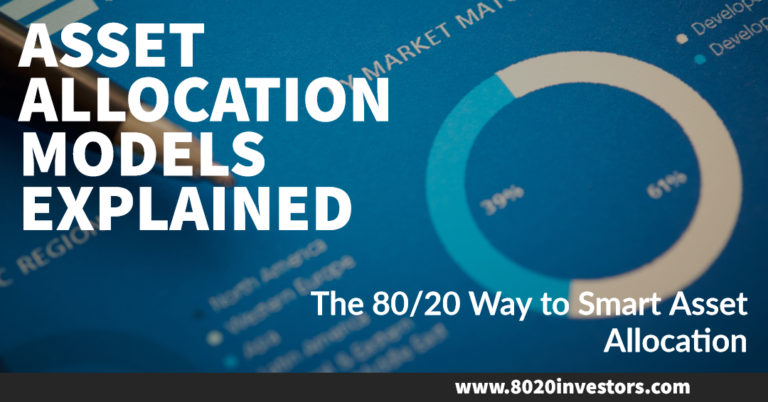India Country Risk Analysis 2019 – A Brief Overview
In our last post, we had a look at the positives in the outlook for the world’s democracy – India. As we pointed out, the colossal nation, stretching from the snowbound Himalayas to the tropical seas of Kerala, has three things going for it – a vigorous and flexible democracy; a natural set of allies in the form of the West; and a dynamic, well-educated, and youthful middle class.
India Political Risks
But of course, nothing is ever that simple, and even those who gave a cursory reading of the last article will notice that there are still some powerful drags on India’s medium-term prospects. We’ll have a look at those this week: first, Indian’s restive neighbors and Chinese encroachment; second, the spectre of Hindu nationalism; and lastly, the everpresent drag of endemic corruption.
Geopolitics
It is a fundamental tenet of international relations that very few countries have ever aspired to great power status without having positive relationships – from their perspective – with the countries bordering them.
In this field, India is at its most precarious. Indo-Bangladeshi and Indo-Nepali relations are cordial; tiny Bhutan barely registers in the political competition of the region. But looking south, following a cack-handed intervention in their civil war, Sri Lankans view their giant neighbors to the north with profound suspicion.
And off to the west, Pakistan – nuclear-armed, riven with Islamism, and ideologically committed to confrontation – remains a huge thorn in India’s side.
Underlying all this is the creeping influence of China – and the recent upheavals in the Maldives are indicative of this. For those of you who’ve been following, the authoritarian Maldivian President Yameen Abdul Gayoom declared a state of emergency and orders forces to storm the Supreme Court – which had paved the way for a return of democratically elected ex-president Mohammed Nasheed.
What most people haven’t picked up on, though, is that that Gayoom is pro-Chinese, whereas Nasheed is pro-Indian. As Stratfor puts it, ‘India Looks at the Maldives and Sees China’. In the long term, dominant Chinese influence in the Indian Ocean cannot be to India’s advantage.
Hindu Nationalism
it’s a pretty well-known fact that India’s Prime Minister, Narendra Modi, has long been held responsible for horrific anti-Muslim riots that occurred on his watch in his native state of Gujarat. Modi’s rise, however, is not just about people choosing Hindu nationalism over pluralism. The fundamental problem is that India’s opposition Congress is an utter mess.
Not only does it lack any major public figures (witness Rahul Gandhi’s catastrophically lackluster political performance), but it is closely associated with problems of nepotism and corruption. For most Indians, choosing the BJP was as much about getting rid of a creaking old boys’ network as it was about promoting a vision of India which places radical contemporary interpretations of a particular religion at its heart.
Yet – much like Trumpists who justify their toleration of the president under the guise of ‘rational’ economic interest – there are inevitable consequences, and under the BJP there has been a perceptible increase in anti-Muslim sentiment in India. With nearly 180 million followers of the Prophet within its borders – a community that has been there for nearly 800 years – any further escalation would be catastrophic.
Corruption
The rise of Delhi Chief Minister Arvind Kejriwal came as a surprise to many. Beginning as an insurgent outsider in 2014, by February 2015 his Aam Aadhmi party had swept the Delhi council, seizing 67 of 70 seats – a staggering majority. What is most interesting is that his signal – some would say, only – the policy was fighting corruption.
The popularity of Kejriwal is a symptom of a broader movement in Indian politics to tackle the kind of paralyzing corruption that has led areas like Bihar to become effectively bandit states-within-states. For foreign investors, India remains famously difficult to do business in.
Bribery, legal chicanery, the utilization of old boys’ networks, and weak institutions remain ongoing problems. That the body politic appears to have had enough bodes well for the future, but unless India loses its reputation of opaqueness in public function, it will remain a tough place to invest.
India Stock Market Risks
Professional and experienced stock pickers like Mohnish Pabrai will continue to find bargains in Indian stocks, but the easy picking is certainly over.
Well-connected stock pickers still have a slight edge over simple country funds. They have the vital network and connections to do the necessary research on the ground required to be successful in the Indian stock market.
For example, Pabrai visits India several times a year to research new opportunities and to maintain his charity. In light of the very strong stock market performance in recent years, and the rapidly changing macro factors, led by the USA, we would advise seeing the Indian stock market with an eye of caution.
Certainly, the long-term prospects for coming decades are strong, and there is no need to sell any strategic long-term investments. However, we would refrain from building new positions or going full in.
Rather we would advise, to sell non-strategic positions and speculative positions in times of remaining liquidity and stock market strength. Alternatively, hedge existing positions appropriately with stock market futures or options.
India Currency Risks
Based on fundamentals there are not many arguments why India’s currency should weaken anytime soon. On the contrary, India has been at risk to be labeled a currency manipulator by the US. In 2017, it has amassed sizable currency reserves in US dollars, to keep its own currency at bay and to support India’s exports.
As we already know, from our previous article on India’s future potential, 2017 has been a very successful year India’s rupee, selected as Asia’s most successful, much to the dismay of India’s exporters. Momentum indicates that this will likely continue. However, unexpected changes in global macroeconomic trends can easily reverse this trend, with foreign capital fleeing at the push of a button and currency reserves melting away within weeks.
Conclusion
India fulfills all the necessary requirements for long-term economic growth and improved prosperity. But in light of changing factors at a much higher level, very strong years of great performance for the stock market and its currency, we caution 80/20 investors to jump last on a very crowded train.
There are plenty of political and economic risks that would indicate short-term declines. Hence, we rather see the recent positive stock and currency performance as good reasons to take off some risk and reduce positions in India. There will be much better entry points to profit from India’s long-term future.
For emerging markets research and resources visit our main emerging markets page.






